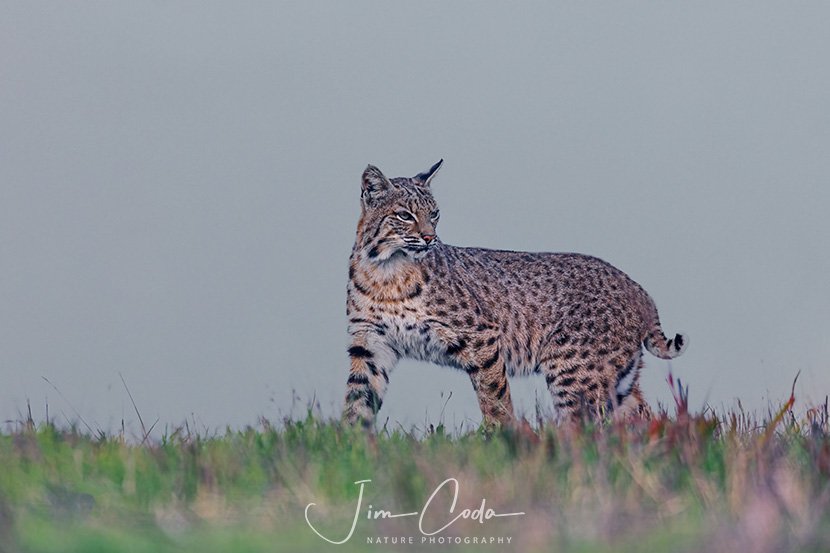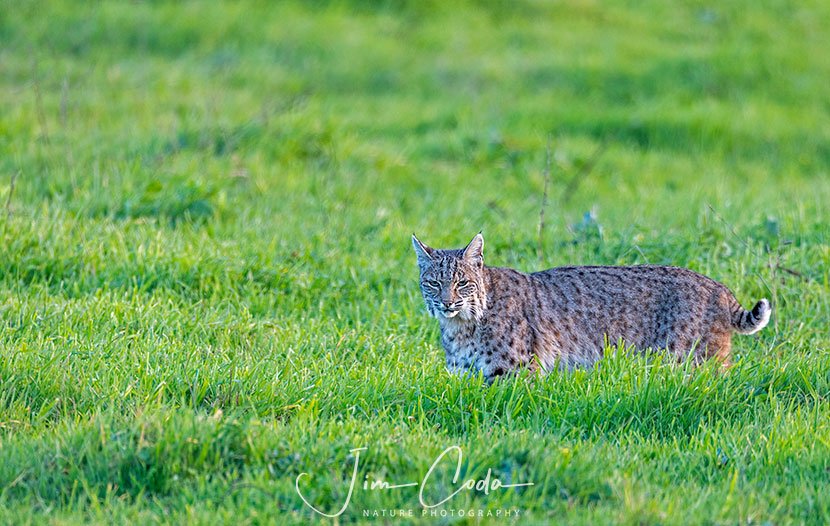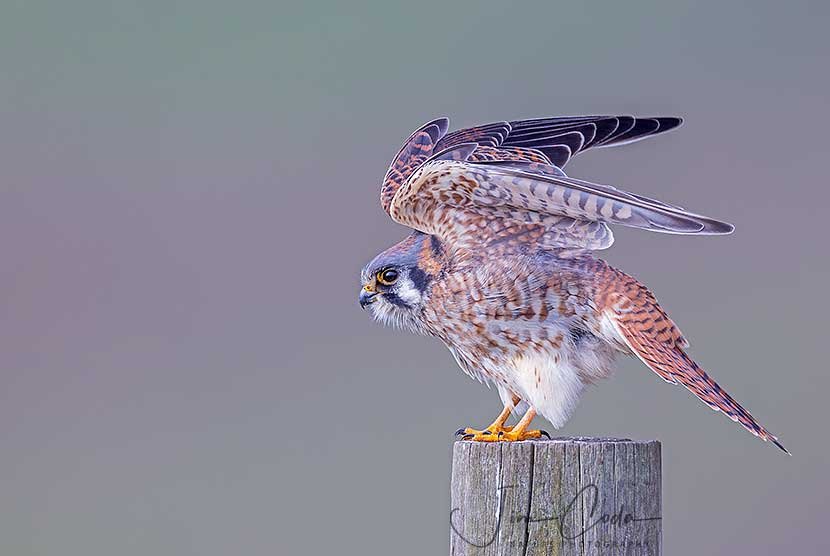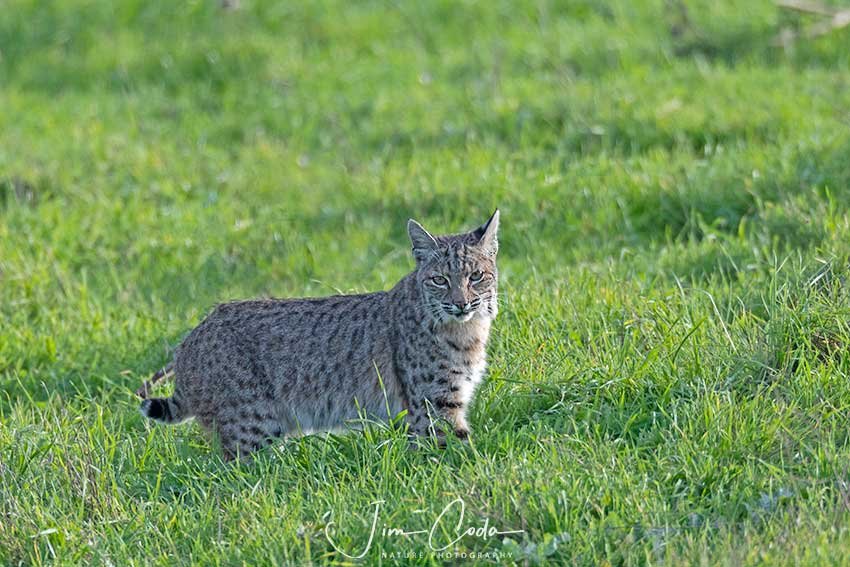Bobcat Portrait, Point Reyes National Seashore
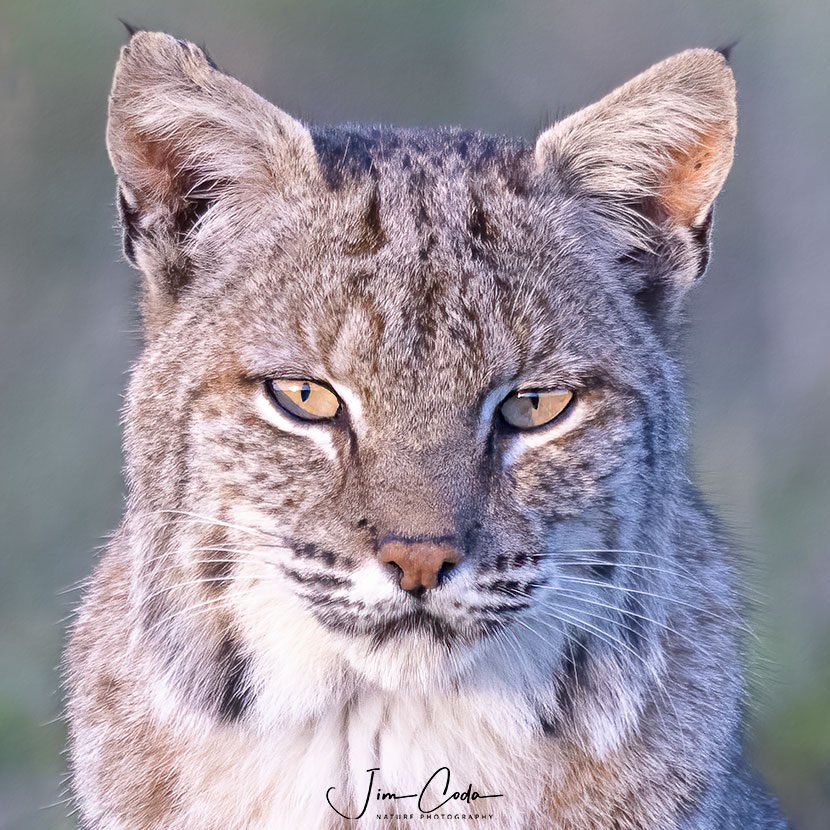
I photographed this bobcat at Point Reyes a few days ago at sunset. The ranch area has greened up which makes for a better background than is the case in summer and fall when the non-native grasses are all brown and dead.
